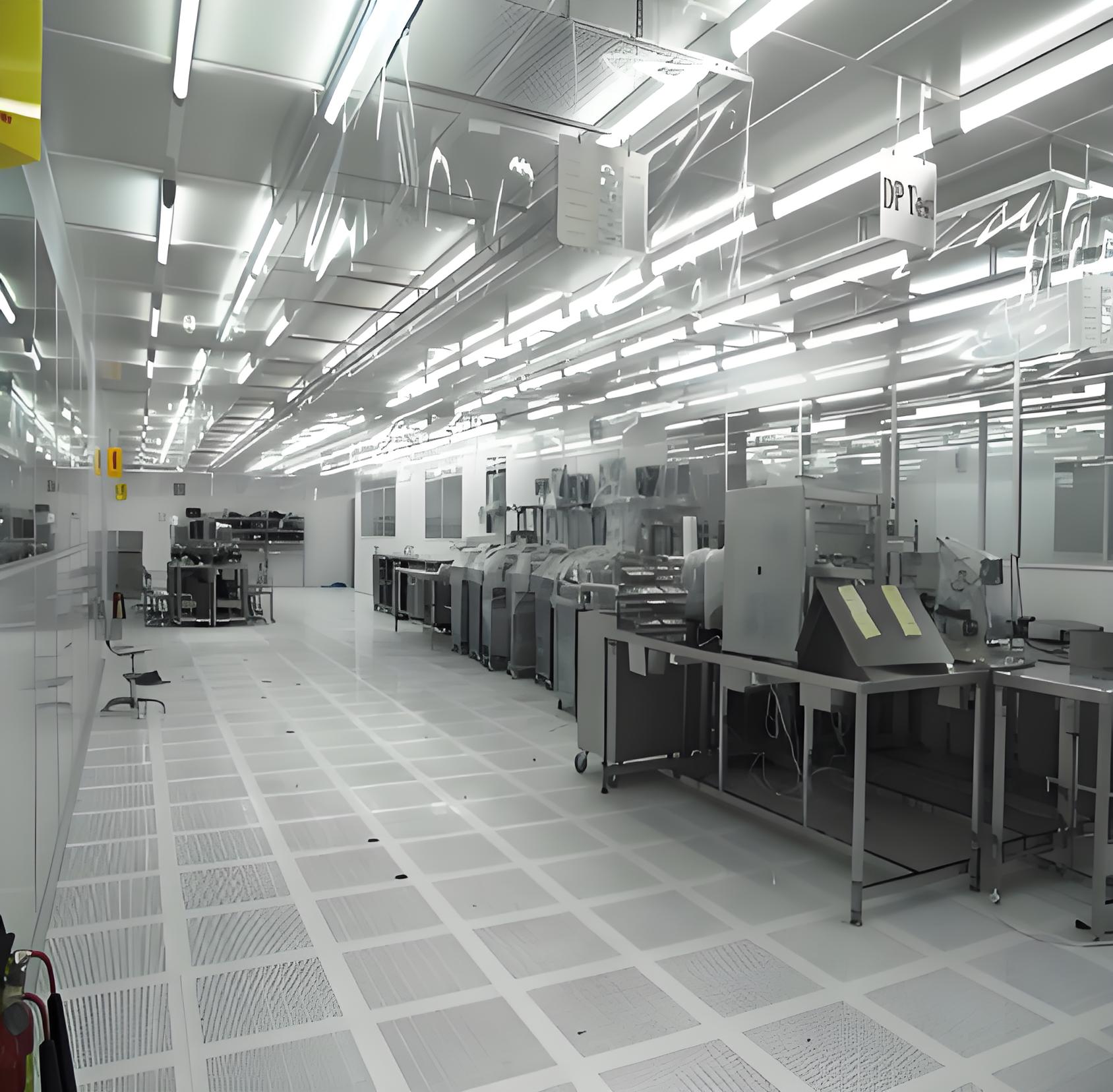
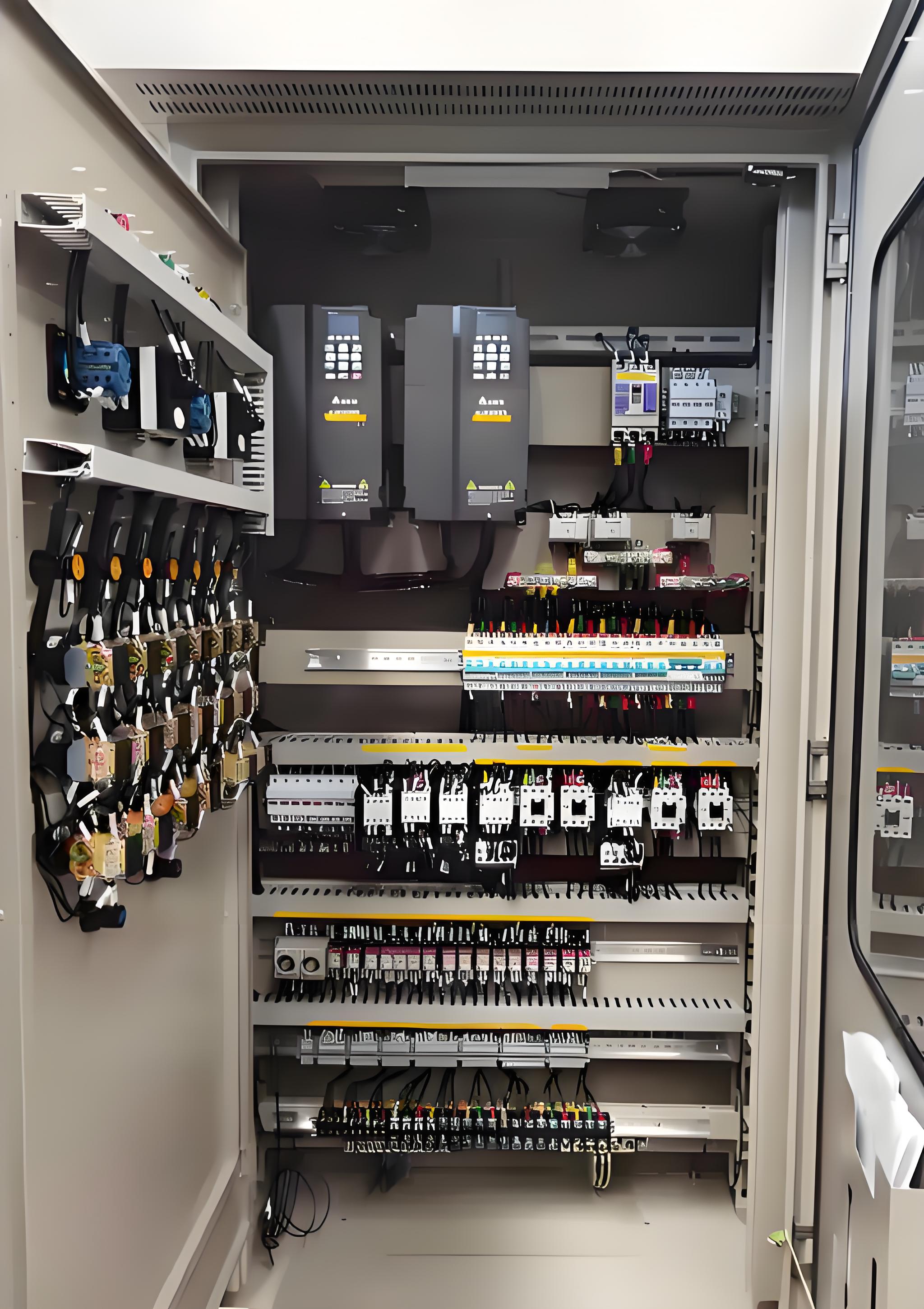
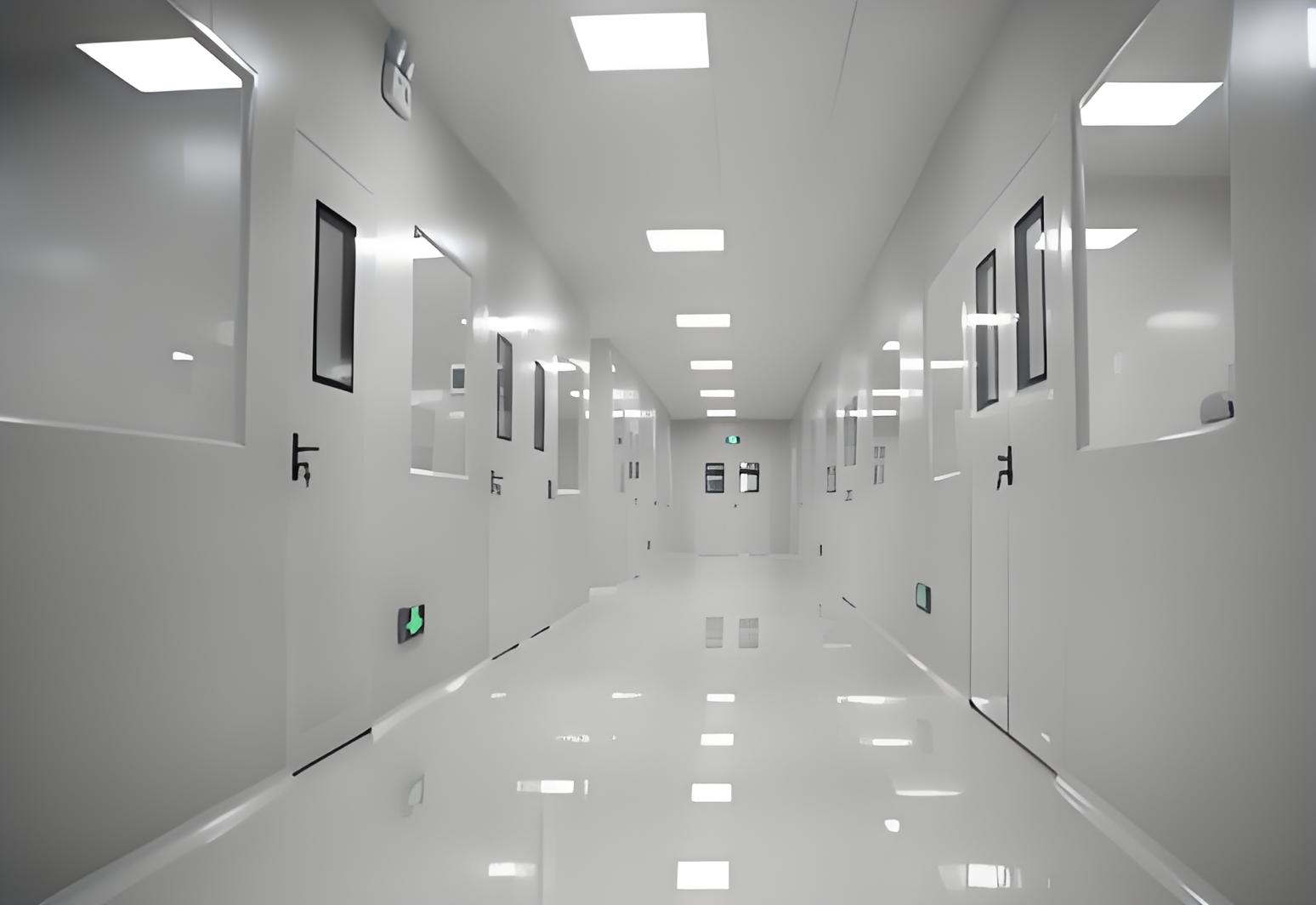
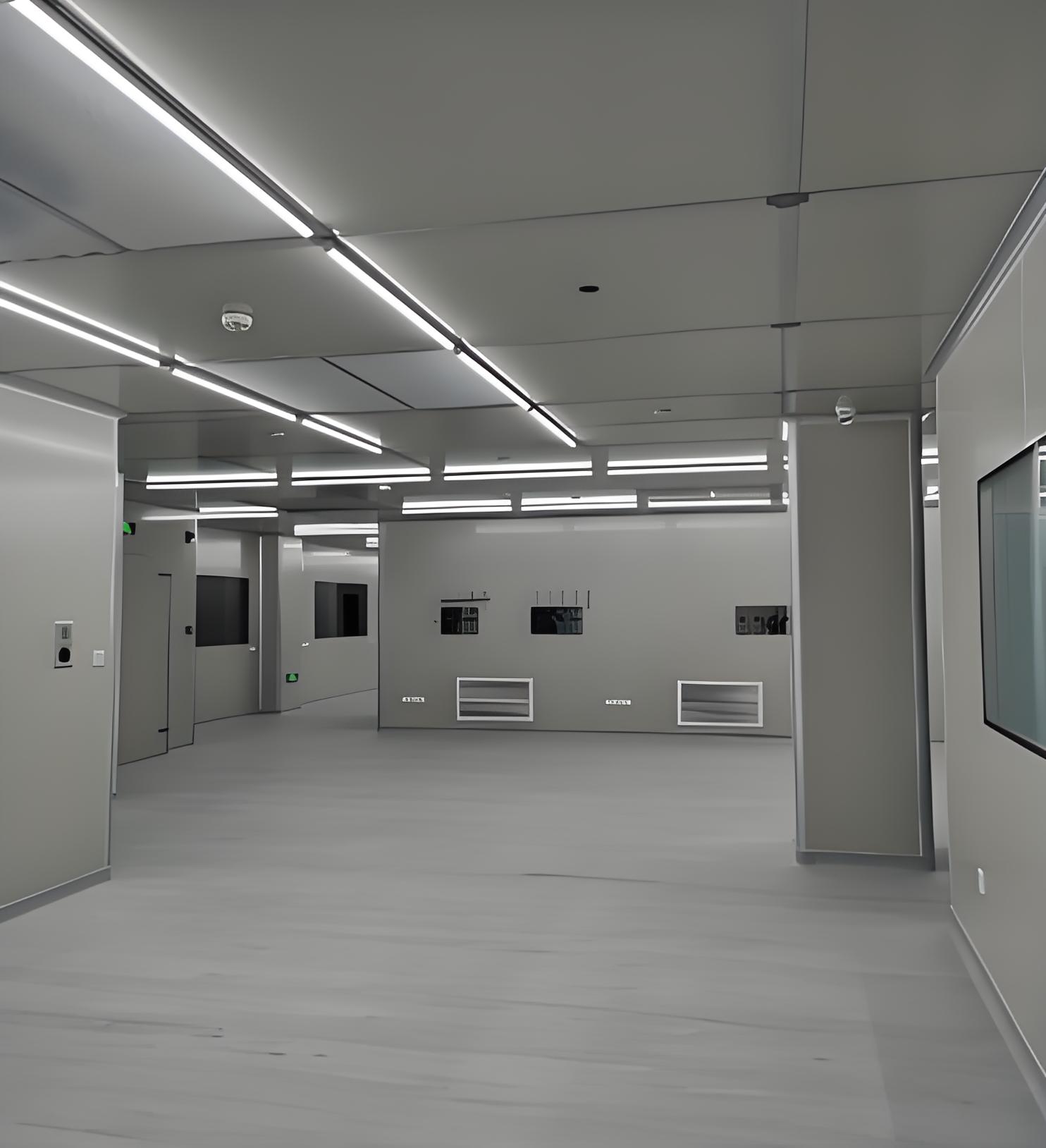
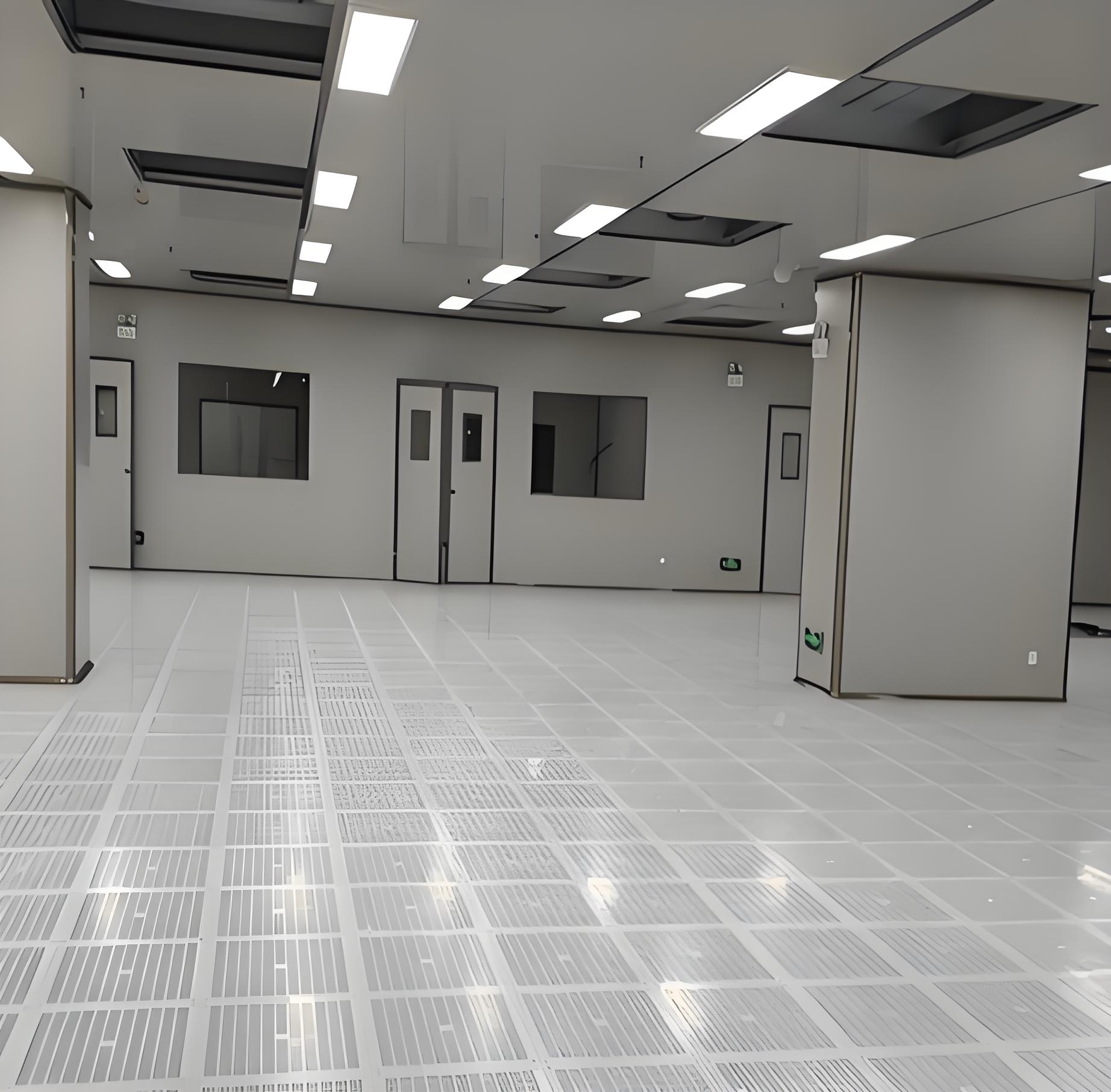
When planning a cleanroom facility, one of the most critical aspects to consider is purification engineering decoration. This specialized field combines engineering principles with decorative elements to create environments that meet stringent cleanliness standards, such as those in pharmaceuticals, biotechnology, electronics, and healthcare. Unlike conventional decoration, purification engineering decoration focuses on minimizing contaminants, controlling airflow, and ensuring compliance with international standards like ISO 14644. In this article, we’ll delve into the key factors involved in selecting and applying purification engineering decoration, highlighting practical insights for project managers, engineers, and facility owners. We’ll also explore how industry leaders like TAI JIE ER integrate advanced solutions to deliver reliable results. By the end, you’ll have a clear understanding of how to approach purification engineering decoration for optimal performance and safety.

Purification engineering decoration refers to the design and implementation of interior finishes, structures, and systems in controlled environments to maintain specific cleanliness levels. This involves selecting materials, layouts, and technologies that prevent particle generation, microbial growth, and cross-contamination. For instance, in a cleanroom, purification engineering decoration might include smooth, non-porous surfaces, sealed joints, and specialized lighting to facilitate easy cleaning and monitoring. The goal is to blend functionality with aesthetics, ensuring that the space not only meets regulatory requirements but also supports operational efficiency. In sectors like semiconductor manufacturing or hospitals, improper purification engineering decoration can lead to product defects or health hazards, making it a vital investment. Companies like TAI JIE ER leverage decades of expertise to customize purification engineering decoration solutions that adapt to various industry needs, from modular cleanrooms to high-containment labs.
To achieve successful purification engineering decoration, it’s essential to focus on several core components. First, material selection plays a pivotal role. Materials used in purification engineering decoration must be durable, easy to clean, and resistant to chemicals and moisture. Common choices include stainless steel, epoxy coatings, and laminated panels, which minimize particle shedding. Second, airflow management is crucial; this involves integrating HVAC systems with decorative elements to ensure uniform air distribution and filtration. For example, TAI JIE ER often incorporates HEPA filters into ceiling designs as part of their purification engineering decoration packages, enhancing air purity without compromising on design. Third, lighting and furniture should be designed to reduce crevices where contaminants can accumulate. By addressing these elements holistically, purification engineering decoration not only improves cleanliness but also extends the lifespan of the facility. A well-executed purification engineering decoration plan can reduce maintenance costs by up to 30%, according to industry studies.
The use of purification engineering decoration spans multiple sectors, each with unique requirements. In the pharmaceutical industry, purification engineering decoration is vital for aseptic processing areas, where surfaces must withstand frequent sterilization and prevent microbial ingress. Similarly, in electronics manufacturing, purification engineering decoration helps control static electricity and particulate levels to protect sensitive components. Healthcare facilities, such as operating rooms and isolation wards, rely on purification engineering decoration to maintain sterile conditions and prevent infections. TAI JIE ER has been instrumental in providing tailored purification engineering decoration solutions for global clients, including cleanrooms that adhere to GMP and FDA guidelines. By understanding industry-specific challenges, purification engineering decoration can be optimized to support productivity and compliance. For instance, in food processing plants, purification engineering decoration includes anti-microbial coatings that meet hygiene standards, demonstrating its versatility.
Investing in professional purification engineering decoration offers numerous benefits, from enhanced safety to cost savings. Firstly, it ensures regulatory compliance, reducing the risk of fines or shutdowns. A properly decorated cleanroom with effective purification engineering decoration can consistently pass audits from bodies like the ISO or WHO. Secondly, it improves operational efficiency by minimizing downtime for cleaning and repairs. For example, TAI JIE ER’s purification engineering decoration solutions often feature modular designs that allow for quick reconfigurations, adapting to changing production needs. Thirdly, it enhances employee morale and safety; a well-designed environment with thoughtful purification engineering decoration reduces stress and prevents accidents. Studies show that facilities with optimized purification engineering decoration experience fewer contamination incidents, leading to higher product yields. Ultimately, purification engineering decoration is not just an expense but a strategic asset that boosts long-term profitability.
Selecting the appropriate purification engineering decoration involves a methodical approach. Start by assessing your cleanroom’s classification and operational requirements. For instance, a Class 100 cleanroom might need more advanced purification engineering decoration than a Class 10,000 area. Next, evaluate material options based on factors like cleanability, lifespan, and environmental impact. TAI JIE ER recommends conducting a risk analysis to identify potential contamination sources and tailor the purification engineering decoration accordingly. Budget considerations are also key; while high-end materials may have a higher upfront cost, they often provide better value through durability. Additionally, collaborate with experienced providers like TAI JIE ER, who offer end-to-end services from design to installation. Their expertise in purification engineering decoration ensures that projects meet international standards while staying within budget. Always request case studies or references to verify the effectiveness of proposed purification engineering decoration solutions.
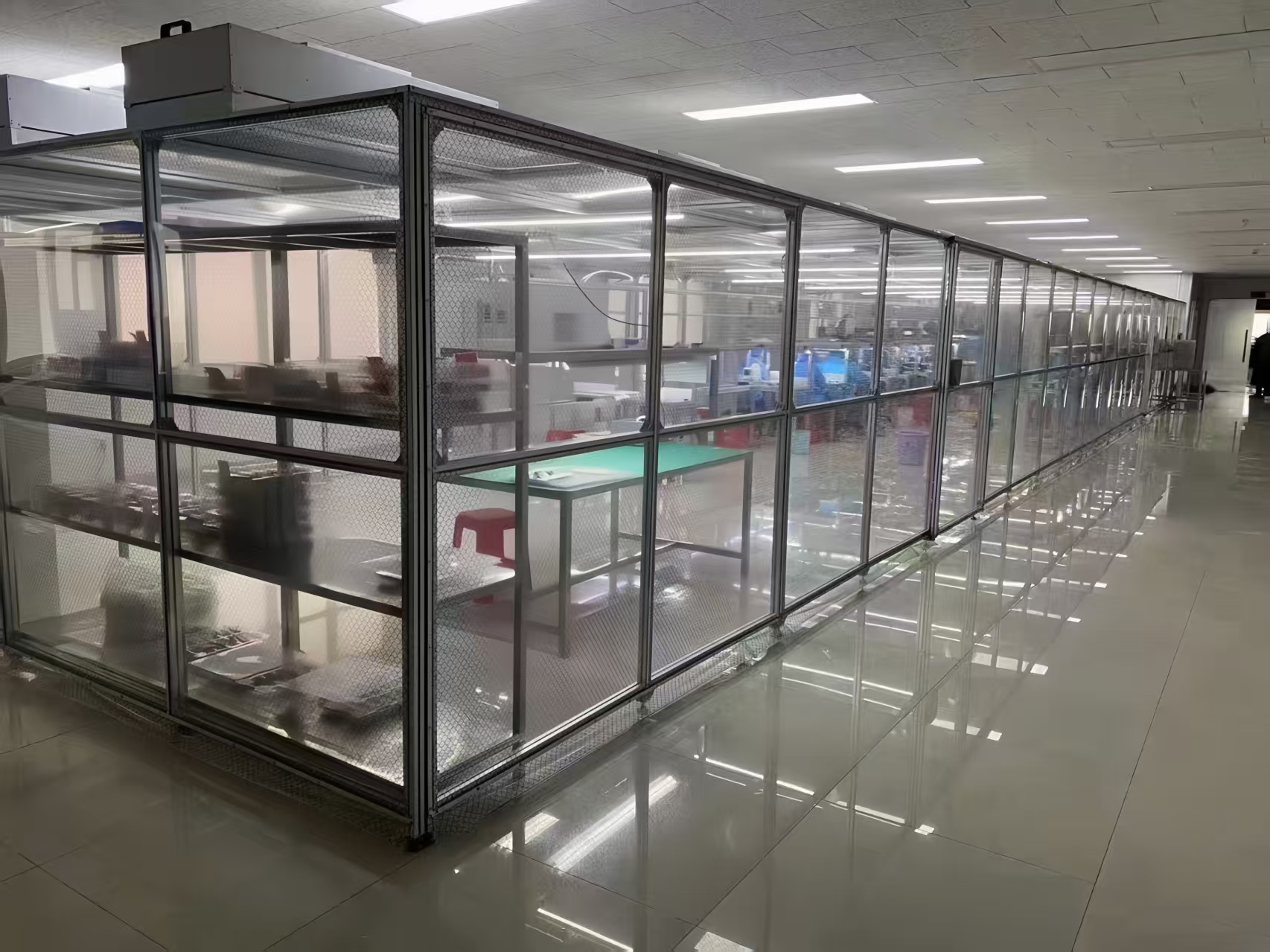
TAI JIE ER has established itself as a leader in the international(cleanroom engineering field), specializing in innovative purification engineering decoration. With a portfolio that includes projects in over 20 countries, TAI JIE ER integrates cutting-edge technology with sustainable practices. Their approach to purification engineering decoration emphasizes customization, using 3D modeling and simulation to visualize outcomes before implementation. For example, in a recent project for a biotech firm, TAI JIE ER’s purification engineering decoration included antimicrobial wall panels and energy-efficient lighting, resulting in a 40% reduction in energy costs. They also provide ongoing support, ensuring that purification engineering decoration remains effective through regular audits and upgrades. By partnering with TAI JIE ER, clients gain access to a team that understands the nuances of purification engineering decoration, from material science to regulatory updates, making them a trusted choice for complex projects.
Even with the best intentions, errors in purification engineering decoration can compromise cleanroom integrity. One common mistake is overlooking material compatibility; for instance, using porous materials in high-humidity areas can lead to mold growth. Another issue is inadequate planning for airflow, which might result in dead zones where contaminants accumulate. TAI JIE ER often encounters projects where purification engineering decoration was treated as an afterthought, leading to costly retrofits. To avoid this, involve specialists early in the design phase. Additionally, skipping validation tests for purification engineering decoration can cause non-compliance; always conduct particle count and airflow velocity checks post-installation. By learning from these pitfalls, you can ensure that your purification engineering decoration delivers consistent performance and meets all safety standards.
The field of purification engineering decoration is evolving with advancements in technology and sustainability. Emerging trends include the use of smart materials that self-clean or monitor air quality, integrating IoT devices into purification engineering decoration for real-time data. For example, TAI JIE ER is exploring nano-coatings that repel dust and bacteria, enhancing the efficiency of purification engineering decoration. Another trend is the shift toward green materials, such as recycled panels that reduce environmental impact without sacrificing cleanliness. As industries face stricter regulations, purification engineering decoration will likely incorporate more automation and AI for predictive maintenance. By staying ahead of these trends, TAI JIE ER continues to set benchmarks in purification engineering decoration, helping clients future-proof their facilities.
In summary, purification engineering decoration is a multifaceted discipline that requires careful planning and expertise. From material selection to industry-specific applications, it plays a crucial role in maintaining clean and efficient environments. By partnering with seasoned providers like TAI JIE ER, you can navigate the complexities of purification engineering decoration and achieve lasting success. Remember, a well-executed purification engineering decoration strategy not only ensures compliance but also drives innovation and growth in your operations.
Q1: What is the primary purpose of purification engineering decoration in a cleanroom?
A1: The main purpose of purification engineering decoration is to create a controlled environment that minimizes contamination risks by using specialized materials, designs, and systems. It ensures that surfaces, airflow, and layouts support cleanliness standards, such as reducing particle counts and preventing microbial growth, which is essential for industries like pharmaceuticals and electronics.
Q2: How does TAI JIE ER ensure the quality of their purification engineering decoration services?
A2: TAI JIE ER maintains high-quality purification engineering decoration through rigorous quality control processes, including material testing, 3D design simulations, and post-installation validation. They adhere to international standards like ISO 14644 and provide customized solutions based on client-specific needs, backed by decades of experience in the (cleanroom engineering field).
Q3: What factors should I consider when budgeting for purification engineering decoration?
A3: When budgeting for purification engineering decoration, consider factors such as the cleanroom classification, material costs (e.g., epoxy floors or HEPA-integrated ceilings), labor expenses, and long-term maintenance. It’s advisable to consult with experts like TAI JIE ER to balance upfront investments with durability and compliance, as cheaper options might lead to higher costs from frequent repairs or non-compliance issues.
Q4: Can purification engineering decoration be retrofitted into an existing facility?
A4: Yes, purification engineering decoration can often be retrofitted into existing facilities, but it requires careful planning to avoid disruptions. TAI JIE ER specializes in modular and phased approaches to purification engineering decoration, allowing upgrades without full shutdowns. However, it’s best to assess structural compatibility and airflow systems beforehand to ensure seamless integration.
Q5: How does purification engineering decoration contribute to sustainability in cleanroom operations?
A5: Purification engineering decoration promotes sustainability by incorporating energy-efficient materials, such as LED lighting and low-VOC coatings, which reduce environmental impact. TAI JIE ER often uses recyclable panels and designs that optimize resource use, lowering energy consumption and waste. This not only meets green building standards but also cuts operational costs over time.